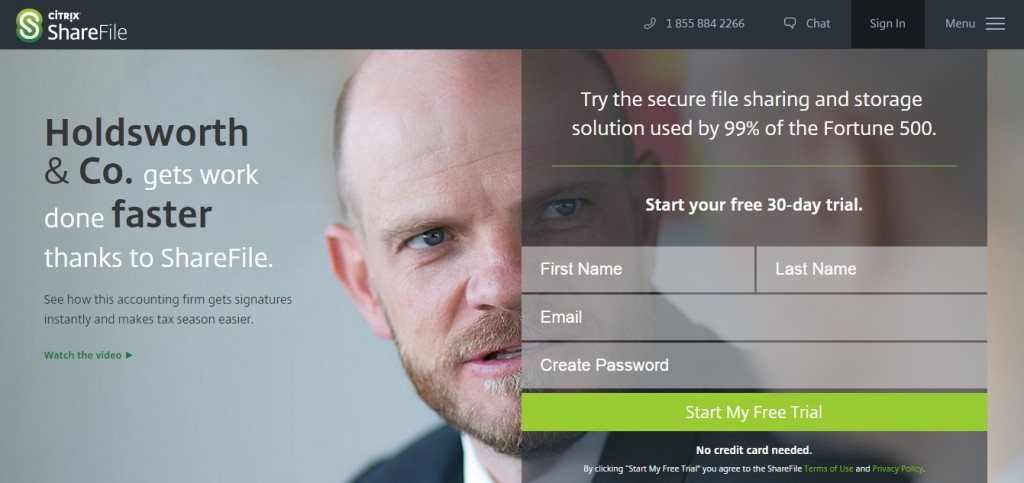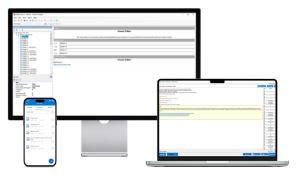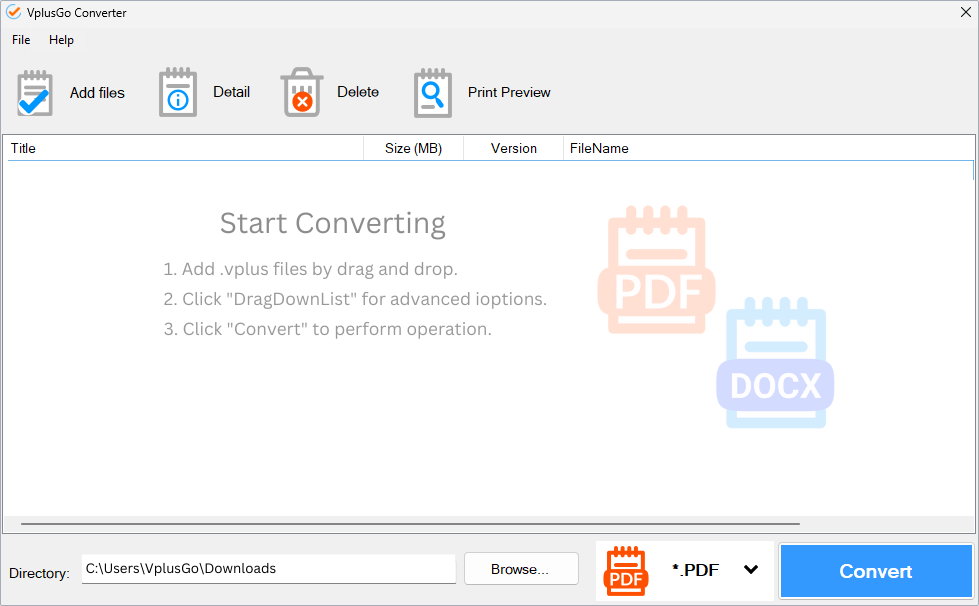Storage Solution for Citrix ShareFile
Citrix’s ShareFile is a strong enterprise file sync and share (EFSS) solution that offers plenty of security controls and can leverage both cloud and on-premises storage. It’s especially an attractive option for current Citrix customers.
In the world of enterprise file sync and share (EFSS), Citrix plays a very interesting and pivotal role. Like the other enterprise software portfolio vendors, Citrix has a wide variety of solutions, spanning remote workspaces, virtual desktops, mobility management, and file sharing. As evidenced by the recent announcement of Citrix Workspaces, secure document sharing is a key component to Citrix’s holistic story.
Originally designed to do as its name indicates, ShareFile has evolved to become a formidable contender in secure file storage and sharing. Citrix appears to have one of the most robust and well-thought out hybrid storage strategies around, balancing on-premises and cloud storage, and leveraging a recognized leader in Amazon Web Services (AWS) as its cloud partner.
While at first glance ShareFile is a mass-file upload and retrieval utility, there is actually a lot more beneath the surface of this simple, easy-to-use product.
Files And Metadata
Citrix has taken a holistic view of where the files are stored, how they are referenced, and who can access them. The company recognizes that data fragmentation is the norm in the enterprise, and will only continue. This has influenced the company’s solution in three areas: StorageZones, file restrictions, and metadata.
First and foremost, Citrix provides customers with the flexibility to choose between three models:
- ShareFile-managed secure public cloud;
- On-premises storage within the organizations’ data center(s);
- Balance a hybrid of the two.
This unique overarching concept, known as StorageZones, balances performance and security by allowing IT the ability to store data in, and feed data from, close proximity to the user. If necessary, StorageZones also allows IT to segment data to meet unique data sovereignty and compliance requirements. This also enables restricted storage zones to address unique needs of customers with confidential data.
Second, Citrix provides connectors to accept content from traditional enterprise content management (ECM) tools. While this is still a work in progress beyond SharePoint, Citrix is standing behind these efforts and investing heavily to maintain its open philosophy integration through its ShareFile’s participation in the Citrix Ready certification program. Early success stories specific to ShareFile include Microsoft, Nutanix, and ProntoForms. Once certified, integrated solutions are listed in the Citrix Ready catalog, similar to other vendor’s App Shops or private enterprise marketplaces.
Finally, ShareFile can reference content stored outside of the system for organizations with a massively hybrid approach to content management. Citrix has an extensive list of connectors to link to sources not in ShareFile. While ShareFile is not designed to replace enterprise content management systems today, this does appear to make ShareFile a hub of secure and protected content.
Security And Encryption
Security and secure access to documents is a particular focus for Citrix. The story is multi-faceted, including technology both developed internally and acquired from XenSource (virtualization and secure thin client) and XenMobile mobile device management. What’s more, ShareFile is included in the XenMobile Enterprise Plan for file sharing.
Citrix provides comprehensive data privacy controls, especially around metadata. This has recently become a stronger selling point in the face of global scrutiny of U.S. based technology providers and U.S. government agency access to data. Citrix delegates data encryption key ownership completely to customers, and cannot see nor provide access to content or even file names without customer permission and participation. While newer cloud-focused providers have recently introduced local key management servers, ShareFile has included this functionality for some time.
For organizations concerned with data leakage, ShareFile can disable anonymous sharing and offers whitelisting email domains with which data can be shared downstream (however, files can be uploaded to ShareFile accounts by anyone).
A comprehensive set of policies are available to control access such as remote wipe, poison pill, domain black- and whitelisting, wipe status and auditing, password enforcement, data retention, encrypt files at rest, passcode lock, device lock, jailbreak detection, disable external applications (open-with), secure sharing, network IP restrictions, and session inactivity timeout. This illustrates a tremendous amount of thinking and planning by the Citrix team, and goes far beyond the features of the cloud-first providers.
Data encryption is handled differently for public cloud and local storage. To avoid duplicate or overlapping encryption, Citrix works with customers to best architect aggressive encryption strategies for local-owned and managed storage.
Finally, while many enterprises already have a digital signature partner, Citrix offers this through technology acquired from RightSignature.
Extensibility and APIs
ShareFile was developed with a “platform first” philosophy and Citrix has long maintained a public RESTful API for partners and customers to extend. Citrix has dedicated product management and business development personnel to support partners, customers, and ecosystem development of API/SDK-based integrations.
There is also a StorageZones Connectors SDK, which enables customers and ecosystem partners to make their data sources accessible via ShareFile applications. This allows ShareFile to access and edit content in other data sources beyond network shares and SharePoint, including Dropbox, Box, and especially the Microsoft OneDrive/Office 365 ecosystems. While this provides both current state and future-proofing, it could raise questions about the unique value and differentiation of ShareFile, as the other tools offer overlapping functionality and APIs.
Although Citrix is not a pure-play cloud vendor, supporting and managing open storage could make sense in the long-term, especially if Microsoft is retreating from OneDrive as a pure-play storage solution, and focusing on the areas that drive the greatest revenue, notably Office and SQL Server.
Breaking Down The Vertical Story
Whereas other enterprise file sync and share products touch on enterprise integration and support for regulated industries, such as pharmaceutical and healthcare, Citrix makes this a cornerstone of its value proposition.
Due to its extensive mobile workplace and virtual desktop portfolio (including the recently announced Workspace Cloud), Citrix has strong incumbent business relationships across numerous vertical industries and horizontal solutions. ShareFile continues to be enhanced to solve storage, access, and integration needs of customers in these areas. Primary industry support includes financial services and healthcare, which are sensitive to HIPAA compliance. Citrix also has focus on horizontal (cross-industry) applications of file sync and share, particularly in Accounting and Finance, AEC (Architecture, Engineering, Construction), and Legal.
Citrix ShareFile: Pros & Cons
While IT administrators have mixed experience with hybrid anything, we have high hopes for Citrix’s model, as demonstrated by its customers. Further, it is well documented, with excellent internal support and validation from its market partners, including Microsoft.
However, a strength of ShareFile is also a paradox — the value of ShareFile is moderate compared to other tools, but based on Citrix’s place in the document management market, it is most attractive to customers invested in the company’s Workspace Cloud, Xen and NetScaler products.



